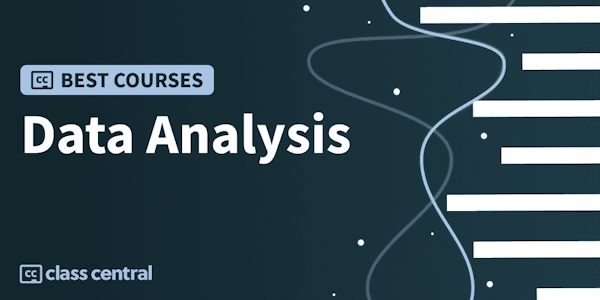Moving Beyond the First Portrait of Our Milky Way's Black Hole by Leveraging Underlying Structure
Neurosymbolic Programming for Science via YouTube
Overview
Explore the groundbreaking computational imaging techniques that made the first black hole images possible in this 59-minute talk by Katie Bouman from Caltech. Delve into the challenges of capturing images from sparse and noisy measurements, and learn how computational imaging pipelines have revolutionized image formation in extreme conditions. Discover the methods used to create the 2019 image of the M87 galaxy's black hole and the 2022 portrait of our Milky Way's supermassive black hole. Examine ongoing efforts to improve these techniques, including leveraging underlying data structure to recover images without human-designed image statistics and extracting evolving structures of our galaxy's black hole over a single night. Gain insights into the emerging challenges in neurosymbolic programming and its potential to uncover new astrophysical phenomena.
Syllabus
Moving Beyond the First Portrait of Our Milky Way’s Black Hole by Leveraging Underlying Structure
Taught by
Neurosymbolic Programming for Science

